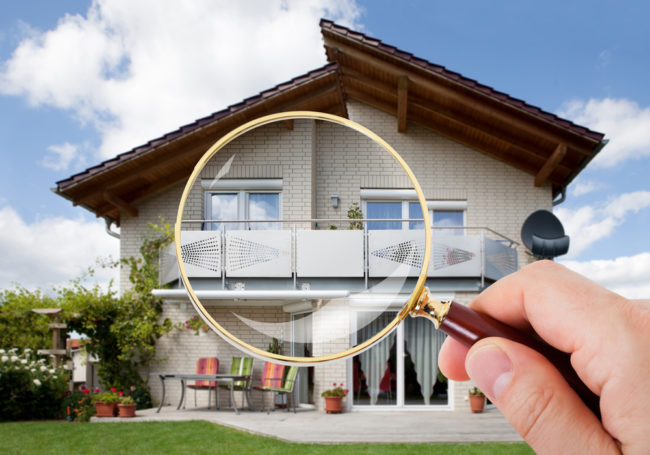Preparing For Your Inspection
The home inspector you choose to look over a house can give you expert information on what needs to be repaired or updated before you commit to buying. It just makes sense to walk through the house with the inspector when he or she arrives. A walk-through gives you a firsthand look and the opportunity…










